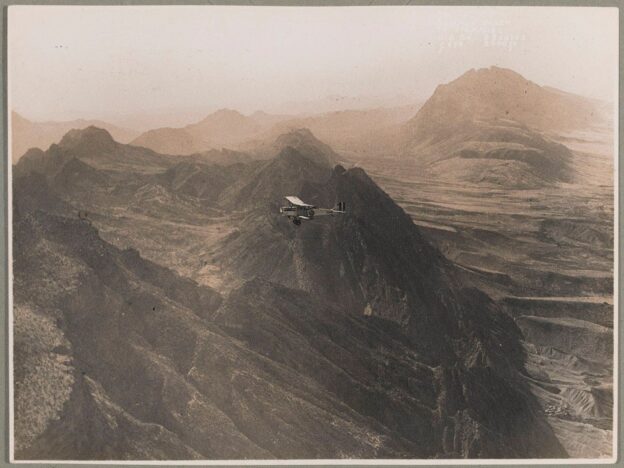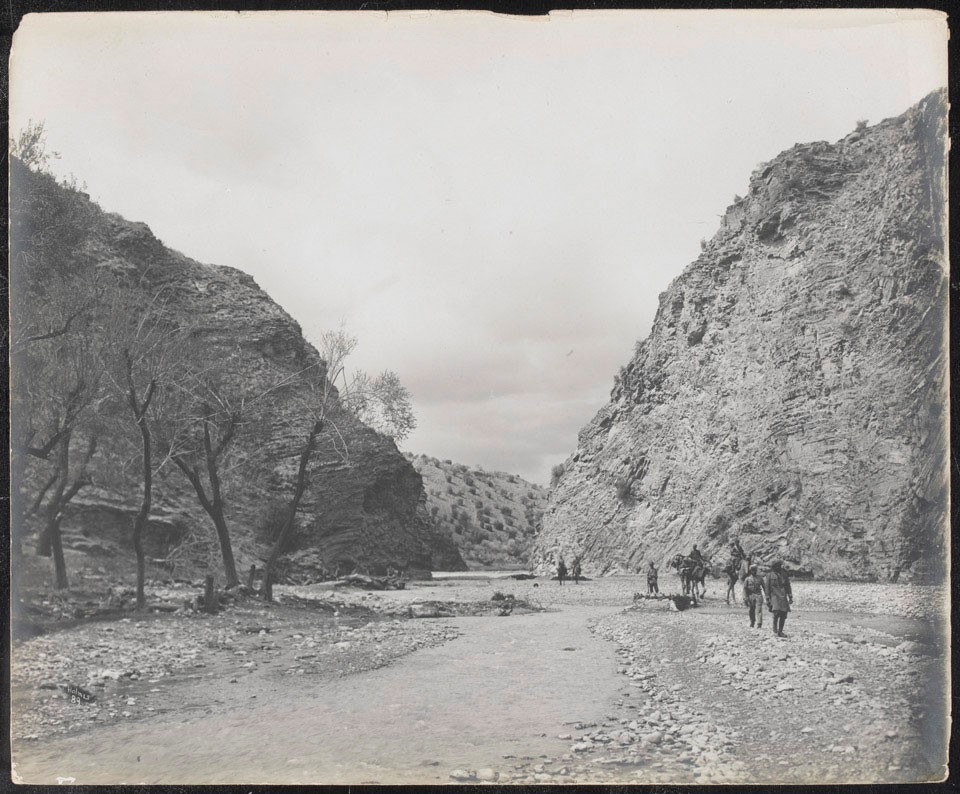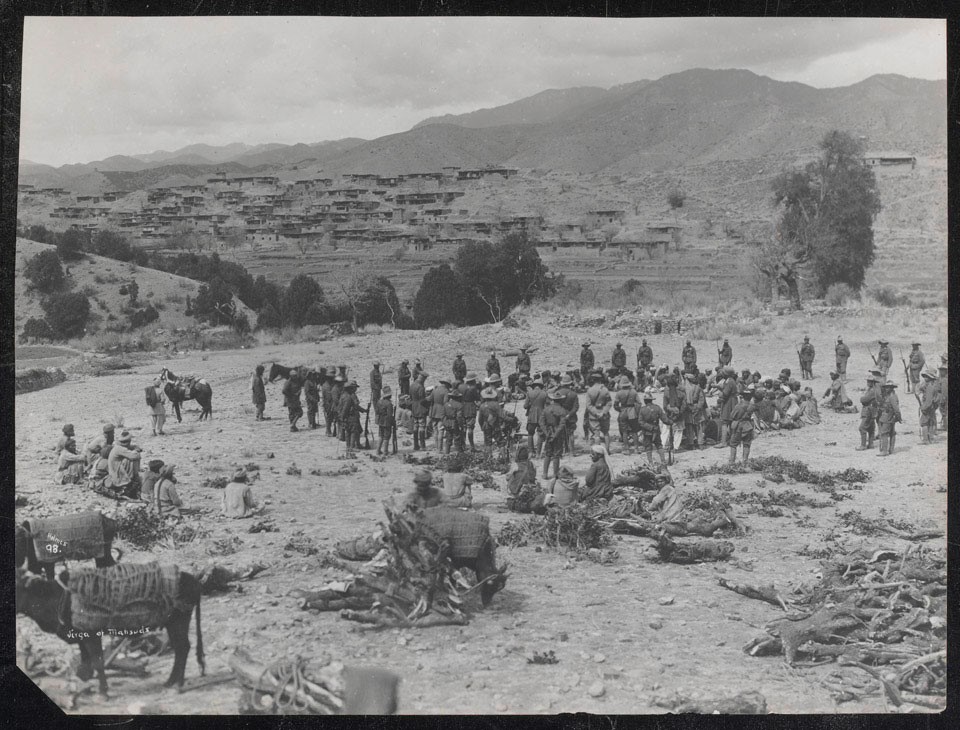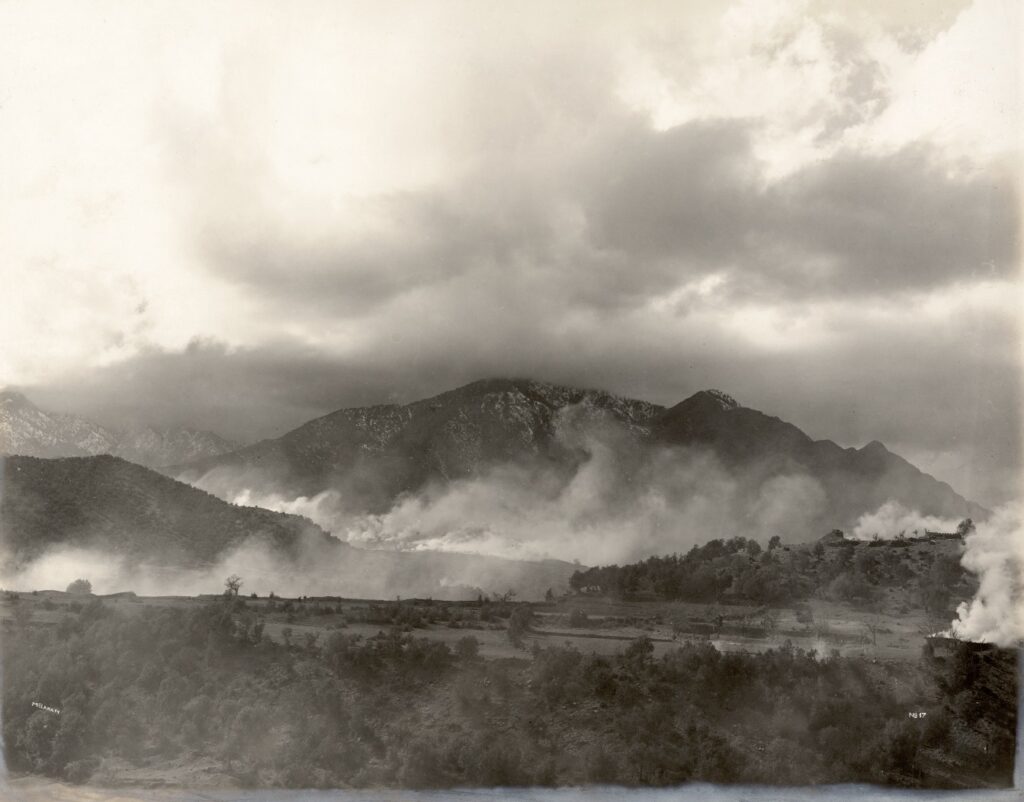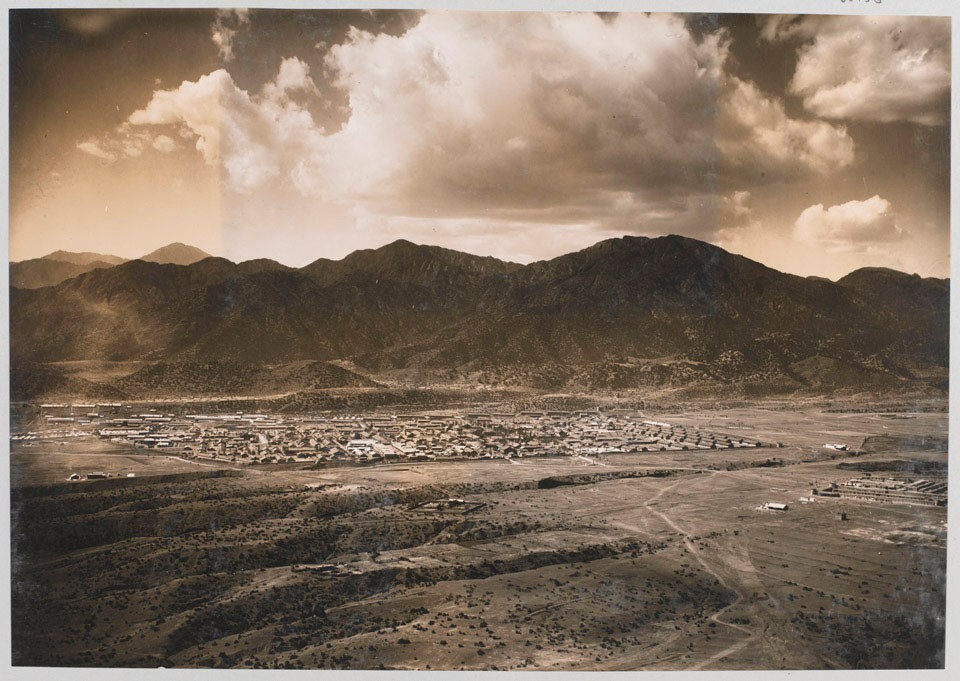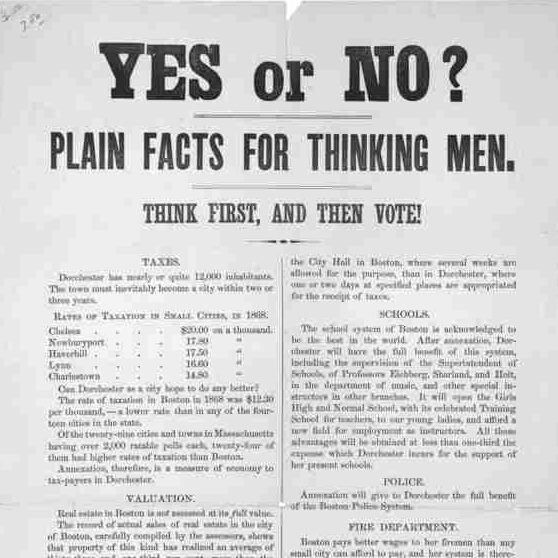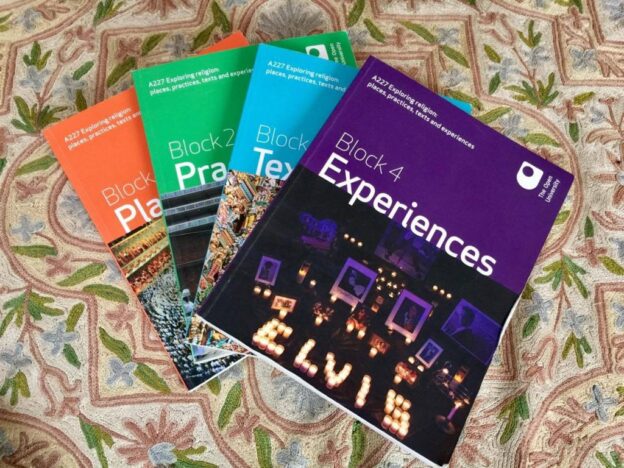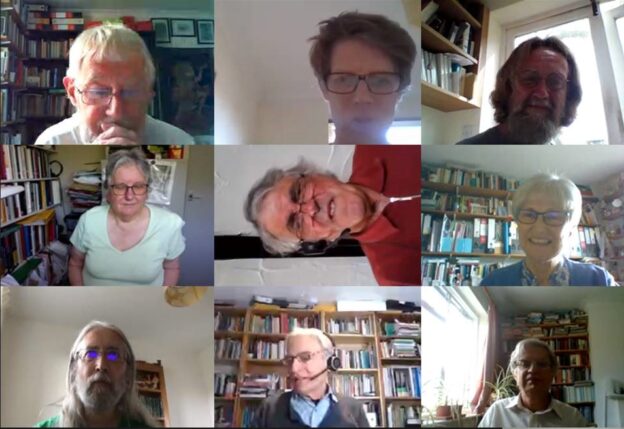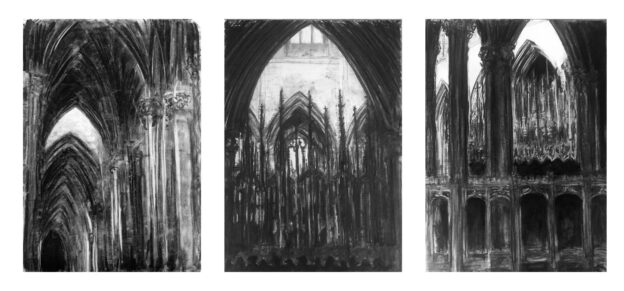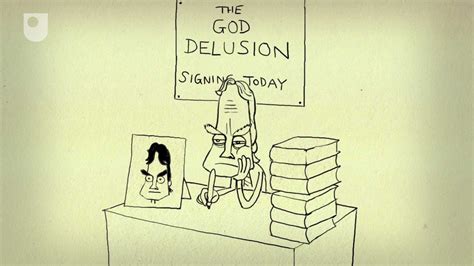By Graham Harvey. This is the first in a series celebrating Black History Month 2020.
To point out that Africans have developed many mature and vital religions, philosophies and lifeways would be banal if it were not for the weight of distain which tends to dismiss these as primitive or foolish. Contested terms like “fetishism” and “animism” could illustrate the long history of prejudice in European assessments of African religions. However, looked at differently, and challenging the legacy of colonialism, they can instead draw attention to well-established African ideas and practices which turn out to have been prescient of cutting edge global scholarship.
In recent decades many academic disciplines have re-assessed human relationships with the wider world, not only with animals and plants but also with artefacts. Practices that were once dismissed as fetishism (allegedly a mistaken attribution of life to inanimate objects) now provide significant encouragement for the “ontological turn”, the “new animism” and the “new materialism”.
In these trans-disciplinary debates, Indigenous and other ways of understanding and moving through the world are inspiring challenges to dominant “Western” or “Modern” worldviews. In particular, researchers are re-considering European-originated obsessions with individuality. People, it turns out, are shaped by their relationships – and not just with other humans. We are always becoming some kind of relation: parent, student, chef, painter, philosopher, healer, story-teller or cat-lover perhaps. Other beings and objects – cats and computers, dogs and desks – make us who we are in each encounter. It is similar with desks: they are only desks when used to support computers, papers, pens and so on. Otherwise, perhaps they are just collections of word and screws.
In the colonial era, Europeans mocked Africans for making amulets and statuettes which they expected to provide guidance or protection. Let’s ignore for now the irony that those same Europeans were wearing religious symbols and venerating images of their deity and saints. Neither group was ignorant of the “made-ness” of the disputed objects. Prejudice and polemic stood in the way of understanding.
It has taken a long time to change things. African and African-diaspora songs, oratory, novels and poetry have contributed by familiarising the world with the ideas that have informed African adaptability and creativity over the years. The late Harry Garuba (Nigerian poet and professor of English Literature and African Studies in Cape Town, South Africa) demonstrated that understanding Africa requires understanding of what he called “animist realism”. This involves the active participation of the larger-than-human community (including made things as well as animals, birds and plants but also ancestors and other significant beings) in relationships and events. What might seem like poetic metaphors have the force of personal interactions. Cowrie shells and birds in flight communicate about reality. Calabashes and stomachs express their desires to be filled with palm wine.
Whether or not you agree with the poets and writers who deploy animist realism to propel the action of their work, there is a profound insight here into the multi-species world. Humans are far from alone or unique. Our relationships (including aggressive and unpleasant ones) with the larger community shape our lives. We are aided, and constrained, by our interactions with others. These ideas are foundational in recent scholarly debates in many disciplines (such as Actor-Network Theory). An improved, de-colonial relationship with Africa and its prescient ideas and practices can animate more new thinking about interactions between humans and the larger world.


